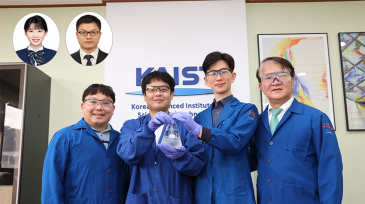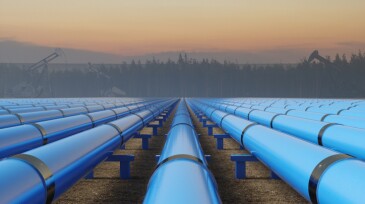R&D/innovation
The new facility was designed to enable advances in understanding subsurface processes through integrated geomechanics, fluid dynamics, and advanced reservoir characterization.
The 1-month project, led by UT Austin's Estibalitz Ukar, will pump CO2-rich water into a 400-m-deep well to test if magnesium-rich rocks at the test site can capture CO2 by turning it into stable minerals.
After a decade of research, the project boasts several achievements including drilling two test wells at depths below 9,800 ft, detailed geologic modeling and reservoir characterization, and multiple publications.
-
University of Colorado Boulder researchers will combine tools, such as power systems modeling, spatial statistics, and GIS mapping along with community forums, surveys, and interviews to capture both the human and technical sides of geothermal development.
-
The researchers found that adding nutrients such as nitrogen initially boosted soil carbon storage in previously tilled croplands and that these carbon gains persisted for decades even after fertilization and tilling stopped.
-
Emerson and HeroX are teaming up to award $60,000 in prize money to inventive thinkers who develop next-generation solutions to advance flow-measurement technology in critical industrial systems.
-
Assistant Professor Lori Tunstall received more than $1 million from the Gordon and Betty Moore Foundation to explore how municipal waste can be converted into biochar to replace cement in concrete.
-
This article introduces a tender strategy framework—a four-pillar model built on nearly 2 decades of international upstream experience—that integrates engineering rigor with business strategy to improve contract awards, strengthen transparency, and deliver lasting project performance.
-
Researchers at KAIST developed an integrated chemobiological platform that converts renewable feedstocks like glucose and glycerol into essential aromatic hydrocarbons (BTEX) using engineered E. coli strains and a solvent-integrated catalytic process, offering a sustainable alternative to petroleum-based production.
-
The two projects under the university’s Targeted Proposal Teams program will focus on underground hydrogen and geologic storage solutions.
-
The oil and gas sector stands on the edge of a digital revolution, yet legacy systems and resistance to change continue to hold it back. I reflect on my experience in digital drilling and argue that the industry’s biggest barrier isn’t technology itself, but the culture that surrounds it.
-
Researchers at Colorado School of Mines explore an internally deployed fiber-optic distributed acoustic sensing (DAS) method for continuous gas-pipeline monitoring, demonstrating its potential to improve leak detection, enable early intervention, and enhance overall pipeline-integrity management compared to conventional inspection techniques.
-
Early- and mid-career scholars are invited to apply for the 2026–2027 Harrington Faculty Fellows Program, which will focus on energy research.
Page 1 of 3













